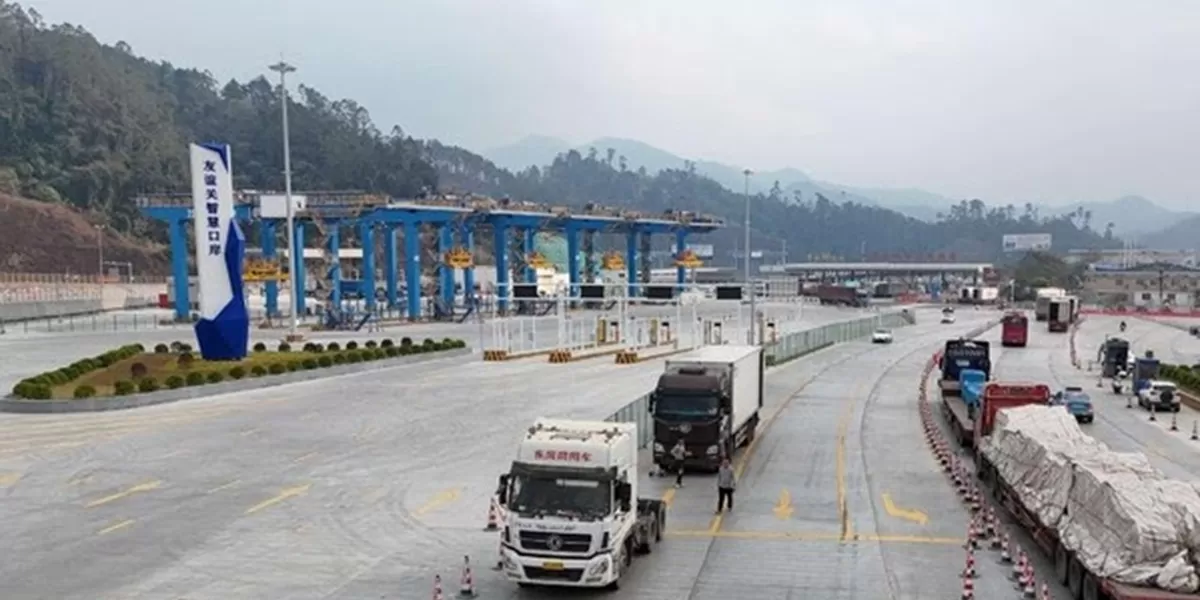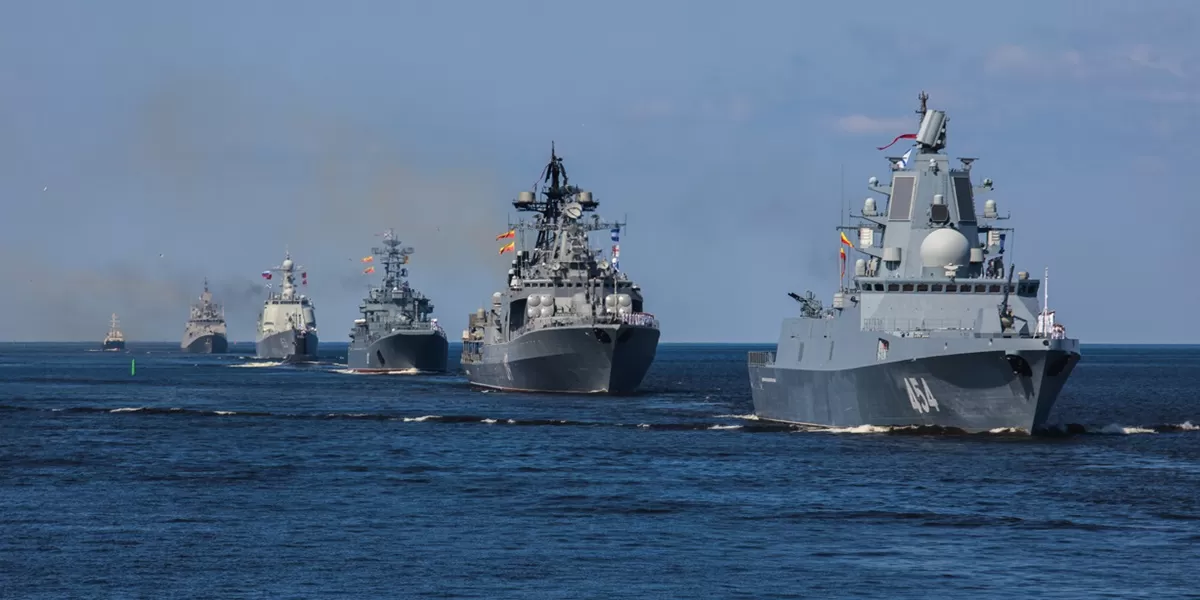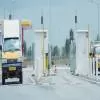Indian Railways has achieved a significant milestone with the upgrade of over 23,000 kilometers (km) of track across its network, enabling trains to operate at speeds of up to 130 kilometers per hour (kmph). This development is a key component of the government’s push to modernize the railway system, improve connectivity, and provide faster travel options for millions of passengers. With nearly one-fifth of India’s railway network now prepared for higher speeds, these upgrades will help reduce travel time, enhance the overall passenger experience, and ensure smoother logistics for freight.
The comprehensive modernization of track infrastructure includes strengthening tracks to withstand high-speed operations, incorporating advanced signaling systems for precise communication and safe train operations, and adding safety measures like fencing at vulnerable locations. These steps are crucial in ensuring that the network operates at maximum efficiency and reliability while also addressing safety concerns. Indian Railways’ focus on these upgrades aligns with its goal of providing a safer and more efficient railway system for both passengers and freight.
The track upgrades are particularly significant on the Golden Quadrilateral and Golden Diagonal corridors, which are essential links between India’s major cities. These routes carry a substantial portion of the country’s passenger and freight traffic, and the upgrades will allow them to handle higher speeds, improving both passenger transit times and the movement of goods across the country. These advancements not only enhance the speed of train travel but also play a vital role in the nation’s logistics and economic growth.
In addition to the 23,000 km of tracks upgraded for speeds of up to 130 kmph, a further 54,337 kilometers have been modernized to support speeds of up to 110 kmph. This systematic expansion of high-speed rail infrastructure ensures that various regions in India are better connected, making train travel more accessible, reliable, and efficient. It is also expected to ease congestion on high-traffic routes, helping improve overall operational efficiency.
Indian Railways’ flagship semi-high-speed train, the Vande Bharat Express, stands as a testament to the success of these infrastructure improvements. Capable of reaching speeds up to 160 kmph, the Vande Bharat Express is transforming train travel in India by offering passengers a premium, faster, and more comfortable experience. To ensure the safe operation of high-speed trains, Indian Railways has placed a strong emphasis on installing safety fencing along critical sections of the tracks. These measures not only protect passengers but also minimize the risks associated with operating high-speed trains on busy and congested routes.
In addition to the track and safety upgrades, Indian Railways has witnessed a notable increase in the number of specialized train services during peak demand periods. These services have risen by 54% over the past year, reaching 57,169 services. This expansion is a direct result of the ongoing modernization efforts, which have improved the capacity and reliability of the railway network, making it more adaptable to the country’s growing transportation needs.
The ongoing modernization drive by Indian Railways extends beyond track upgrades. The organization is embracing cutting-edge technologies and innovations to further enhance the travel experience for passengers. This includes the introduction of new trains, improved stations, better amenities, and more efficient scheduling systems. By focusing on enhancing both passenger amenities and the efficiency of operations, Indian Railways is positioning itself to meet the future demands of a growing nation. These initiatives are set to play a pivotal role in the country’s economic growth by facilitating faster and more efficient transportation of both goods and passengers.
The successful completion of these track upgrades marks a new chapter in the history of Indian Railways. By improving speed, safety, and service, Indian Railways is reaffirming its position as the lifeline of the nation, connecting people, cities, and regions in ways that were once unimaginable. These upgrades not only enhance the travel experience for millions of passengers but also contribute to the development of a more robust, efficient, and interconnected transportation network.
Looking forward, Indian Railways will continue its modernization journey, introducing new technologies, enhancing infrastructure, and improving safety and passenger services. The organization remains committed to creating a world-class railway system that supports the growth aspirations of the nation. These efforts reflect the government’s vision of building a railway network that meets the diverse needs of India’s population while also driving economic progress and innovation.
As Indian Railways continues to evolve, it remains a symbol of progress and connectivity, laying the foundation for a brighter and more interconnected future for India.


















